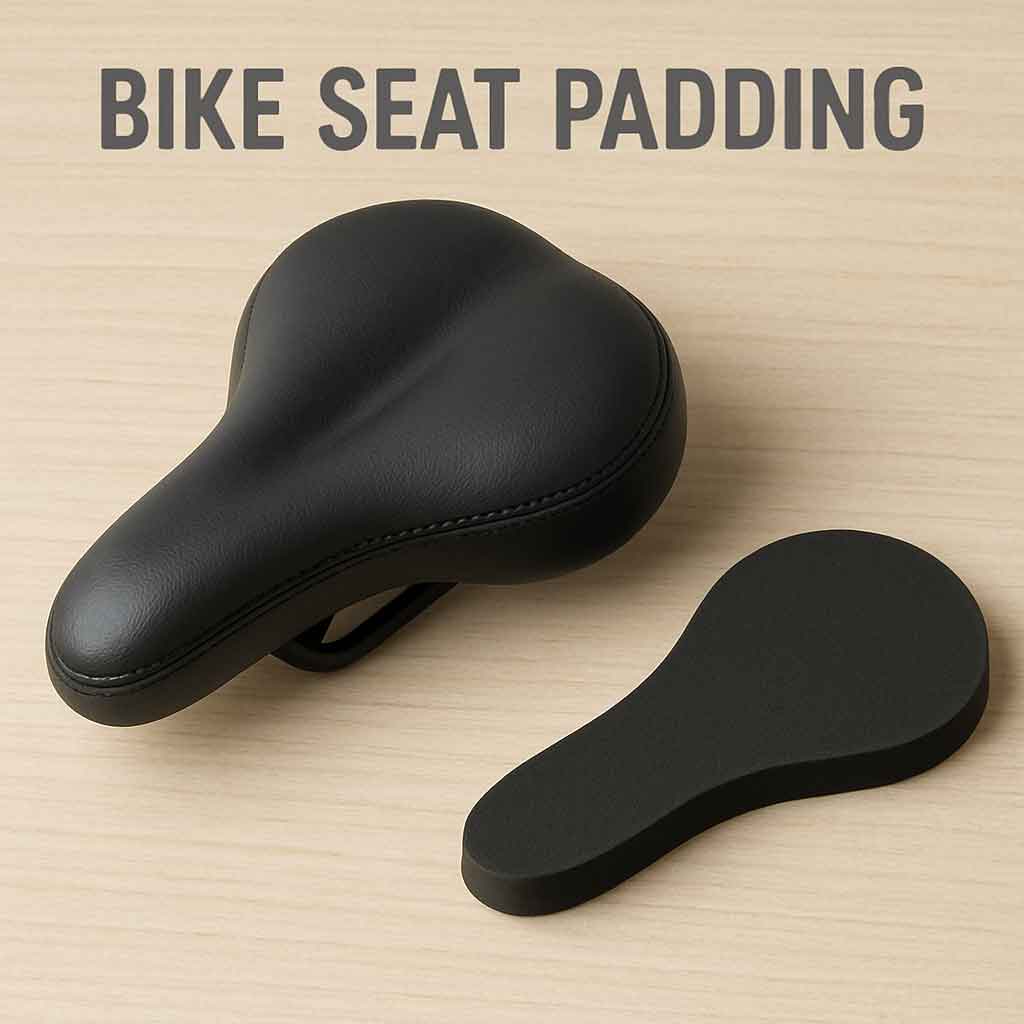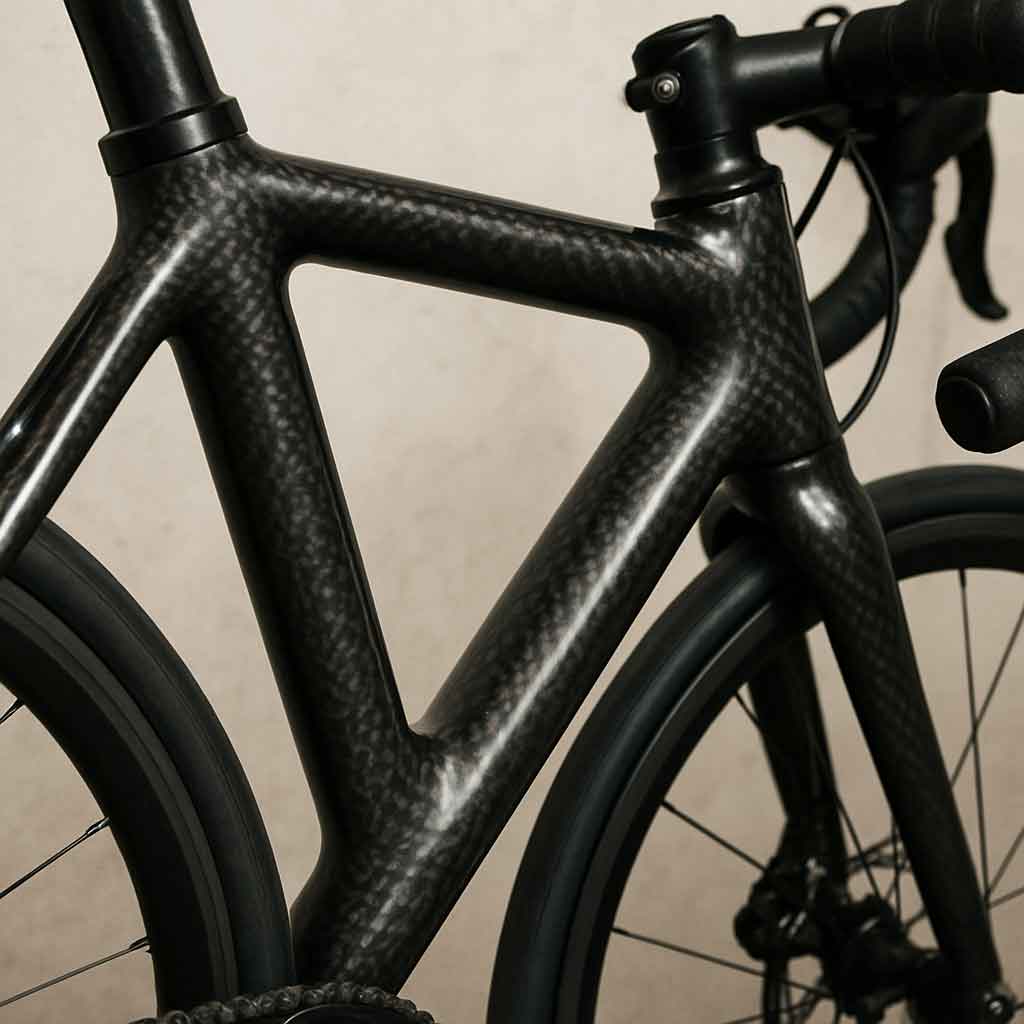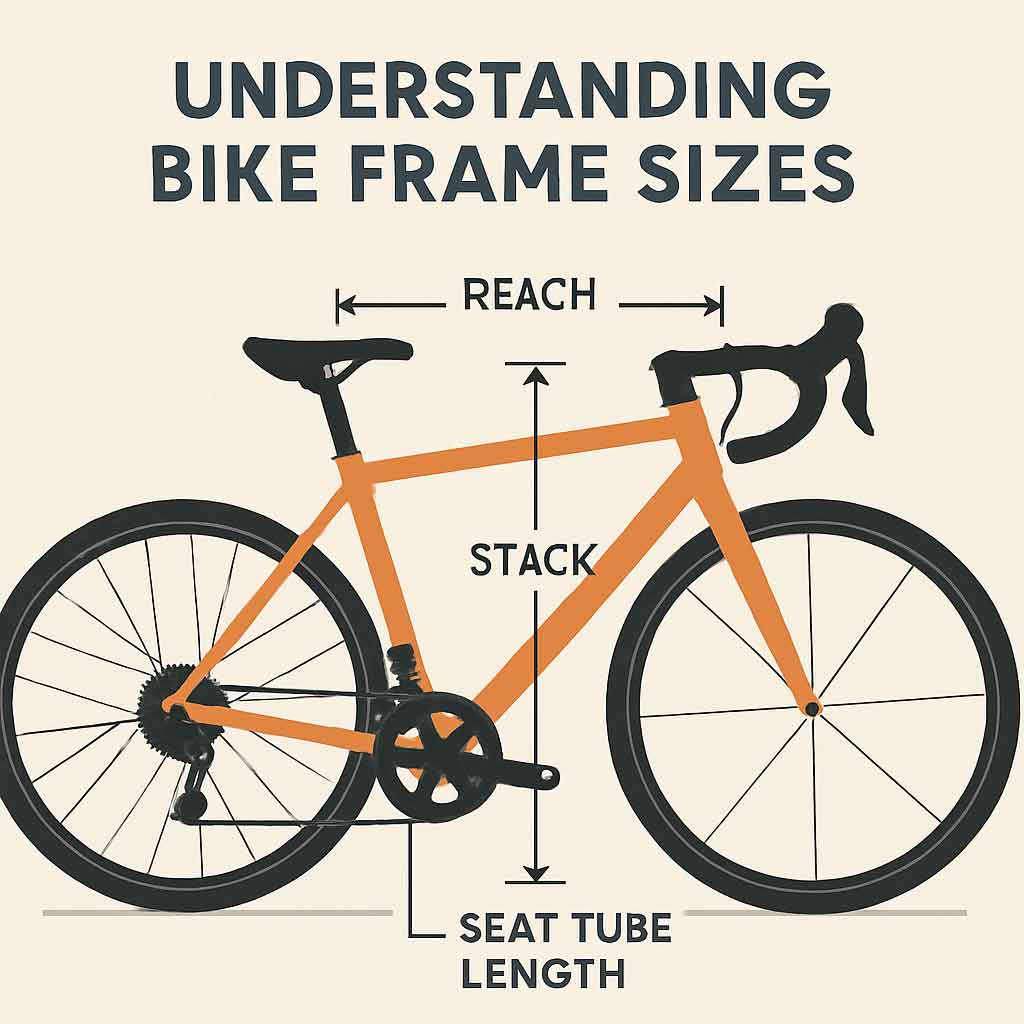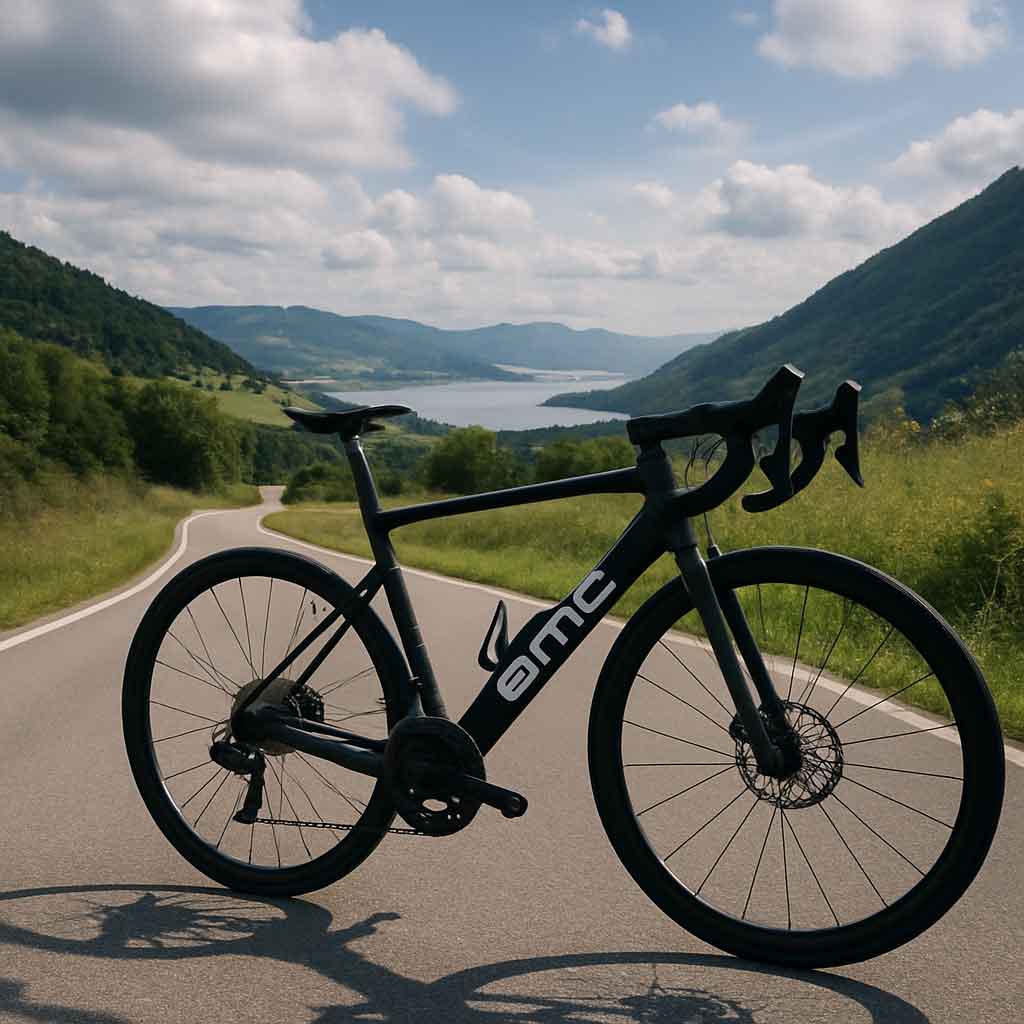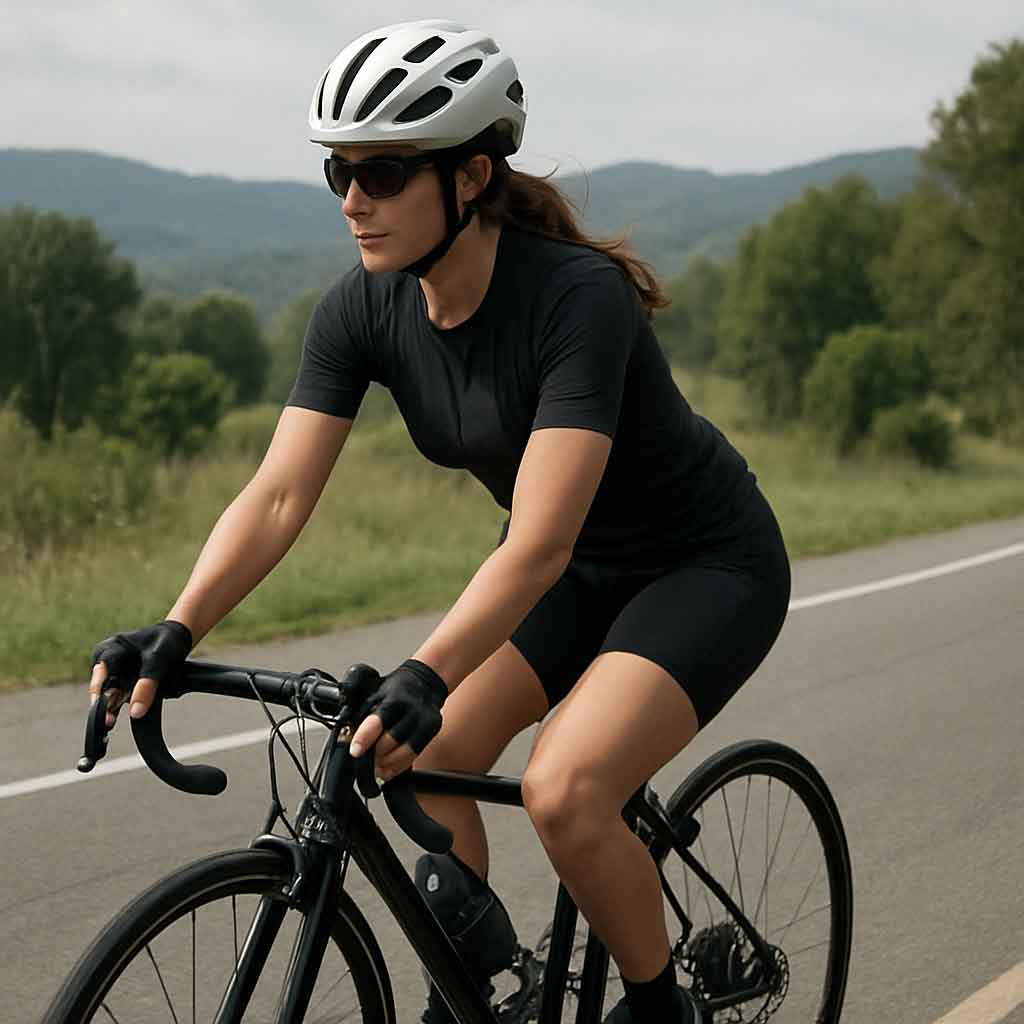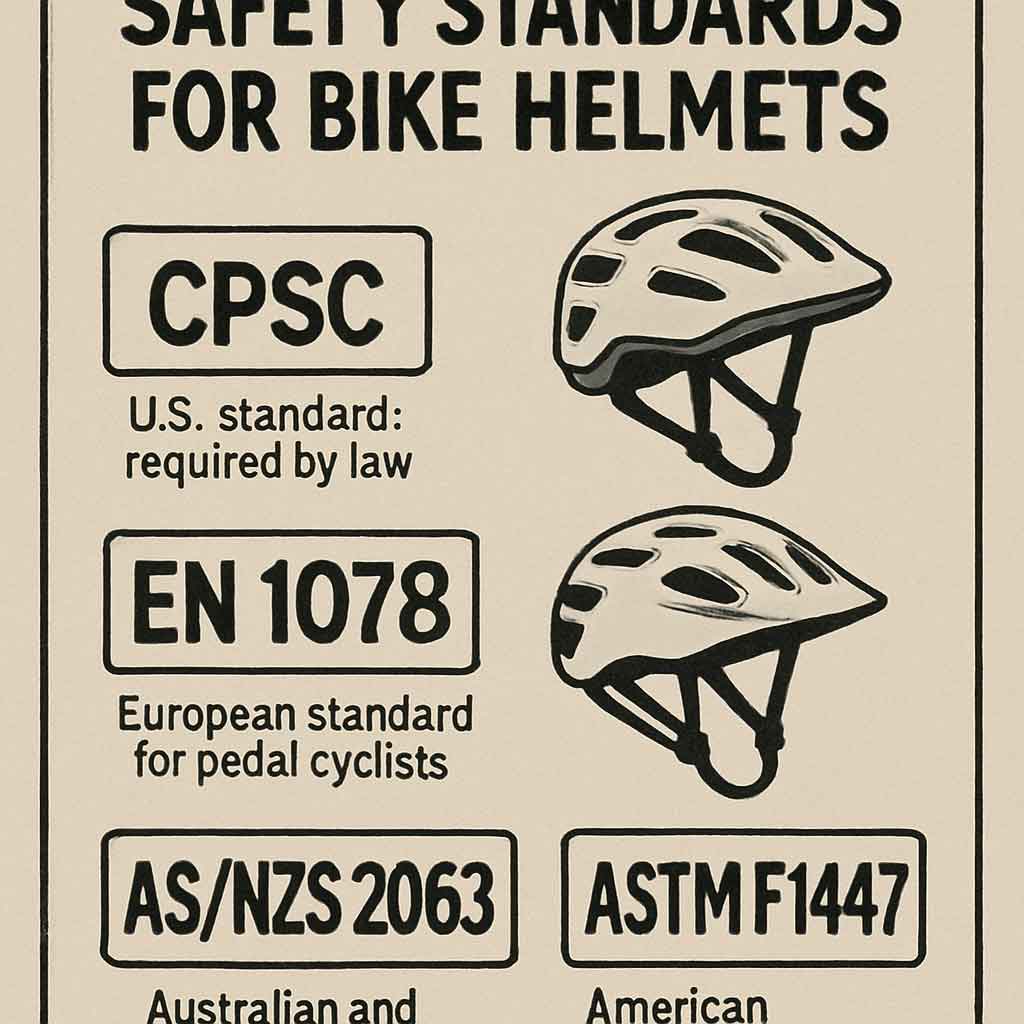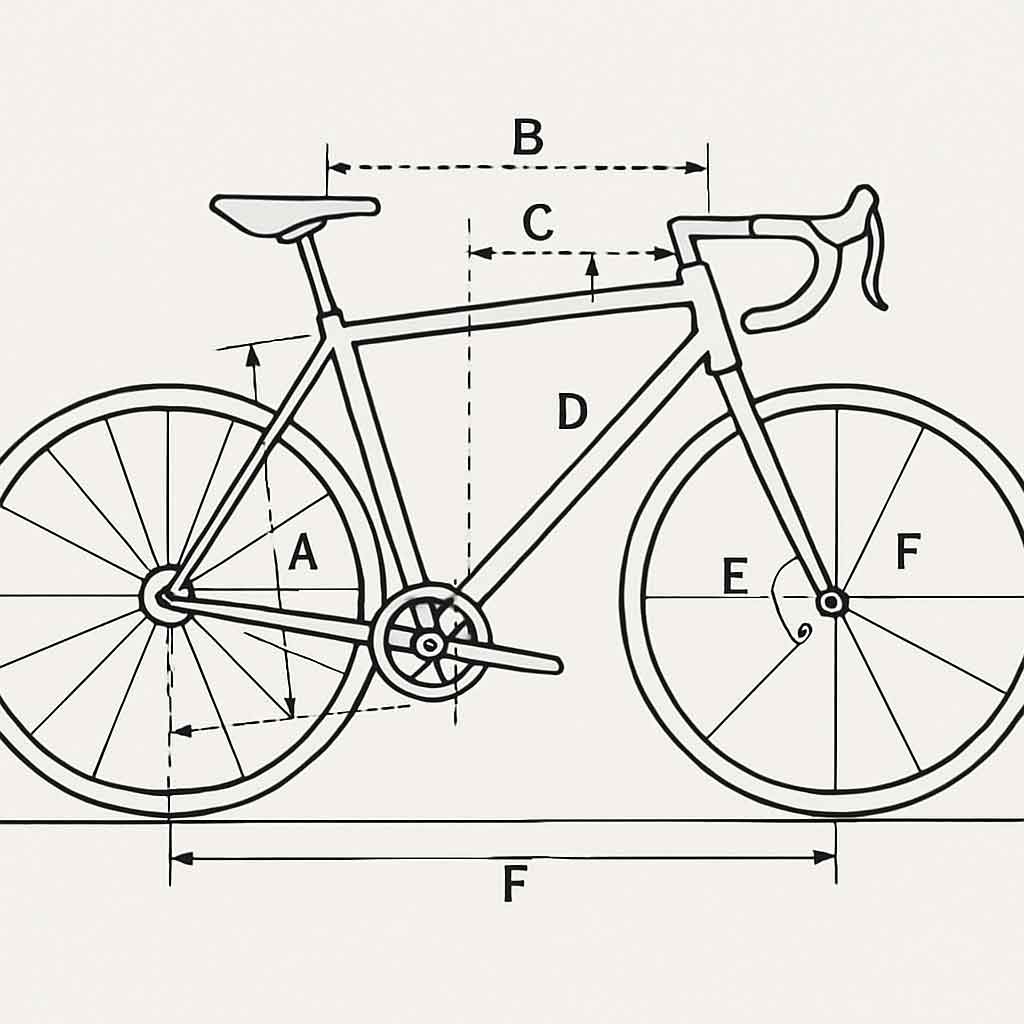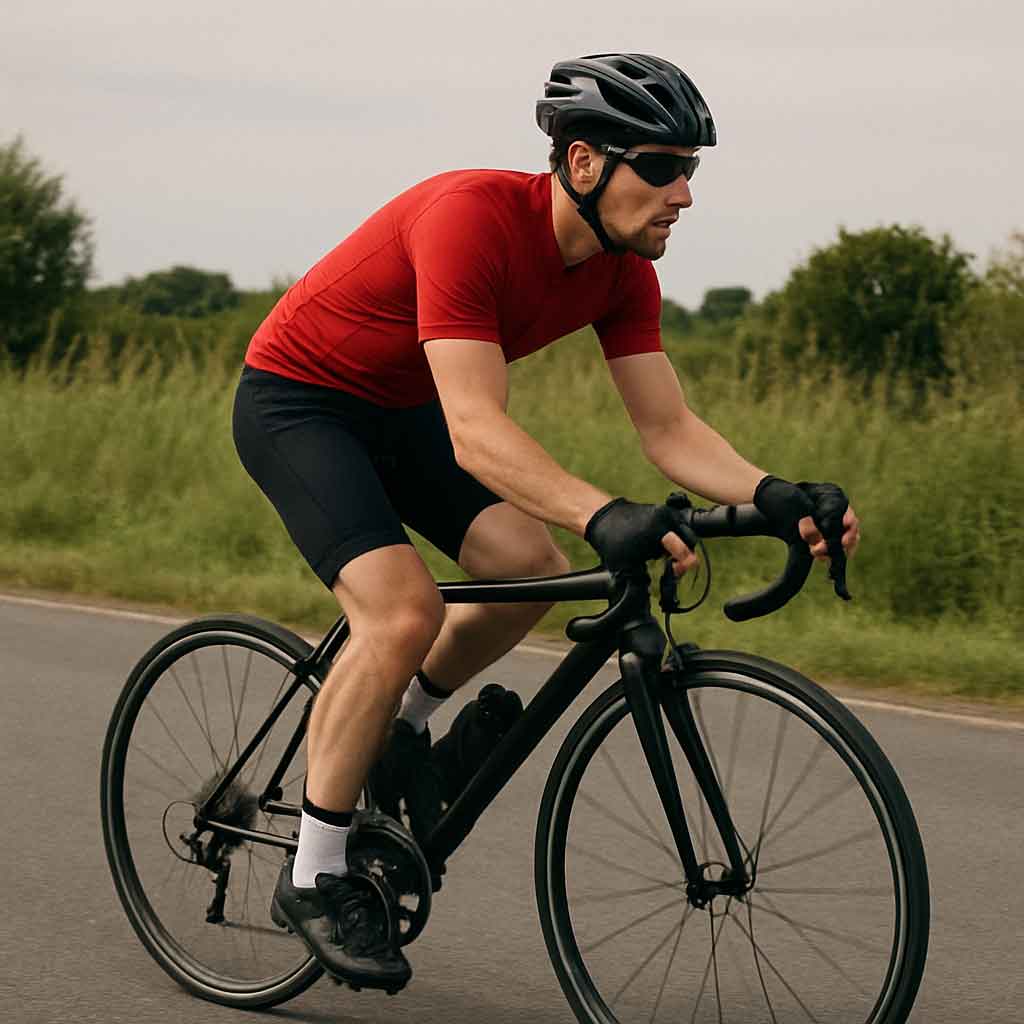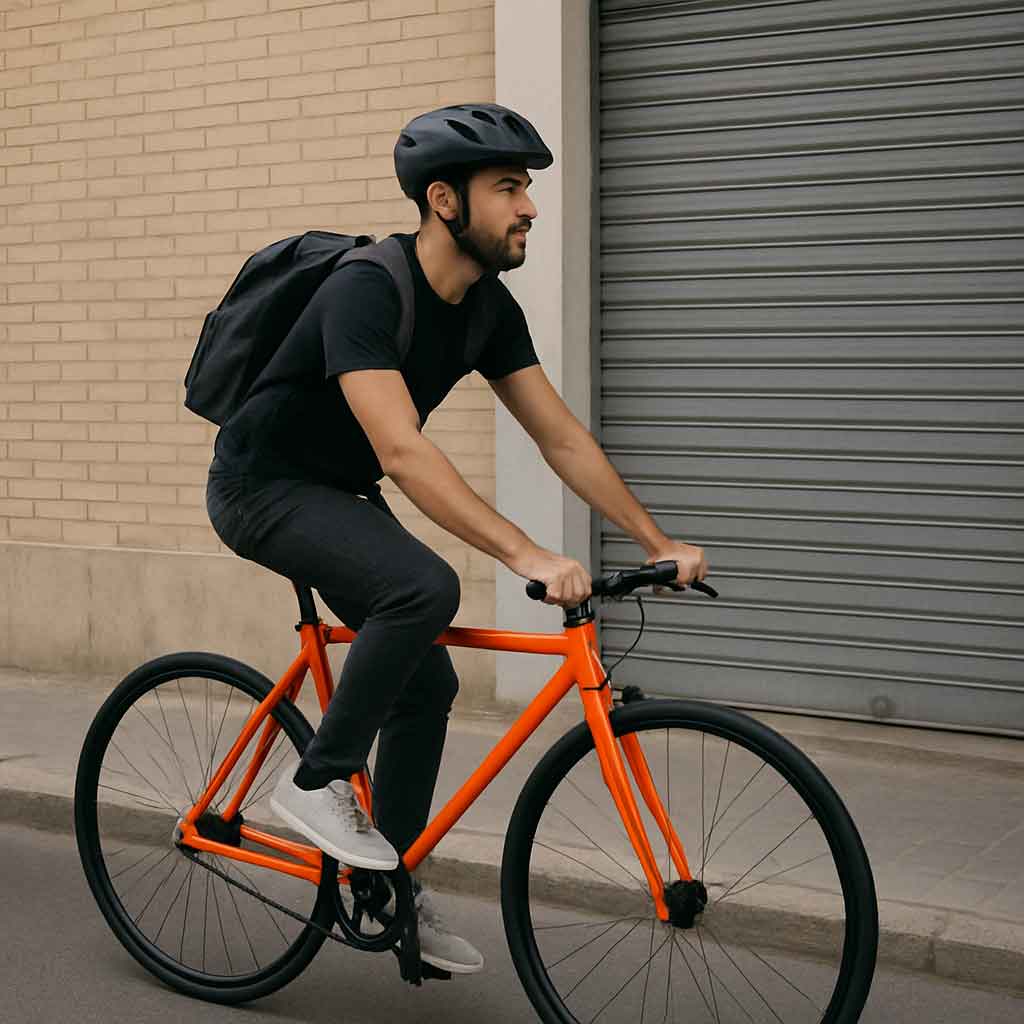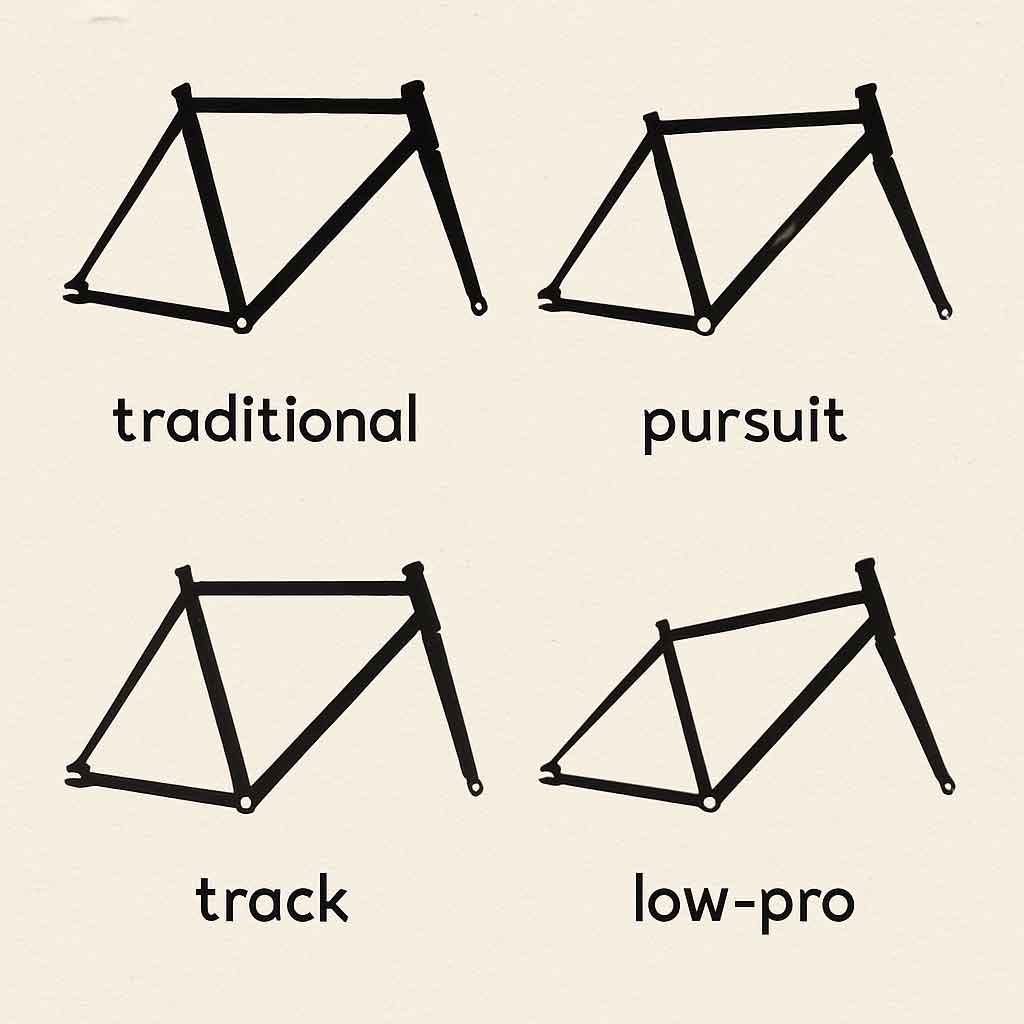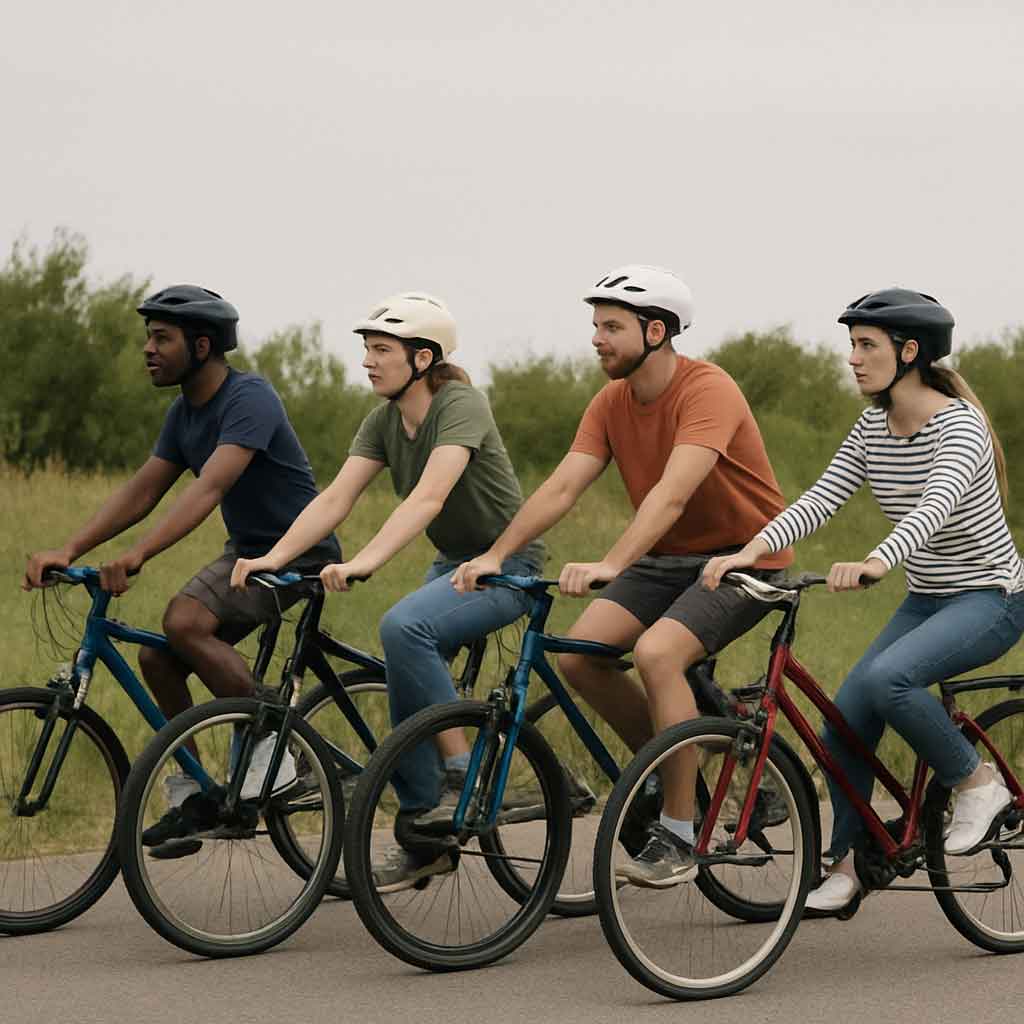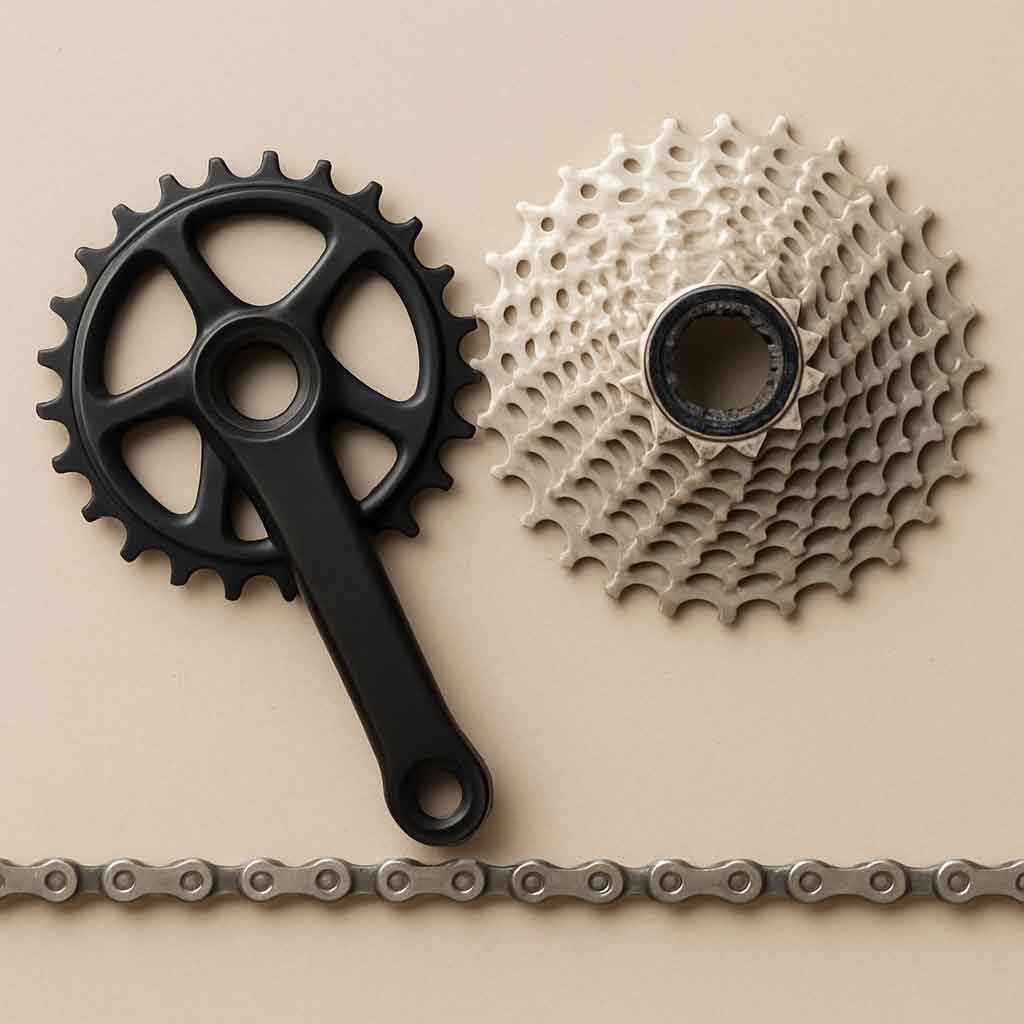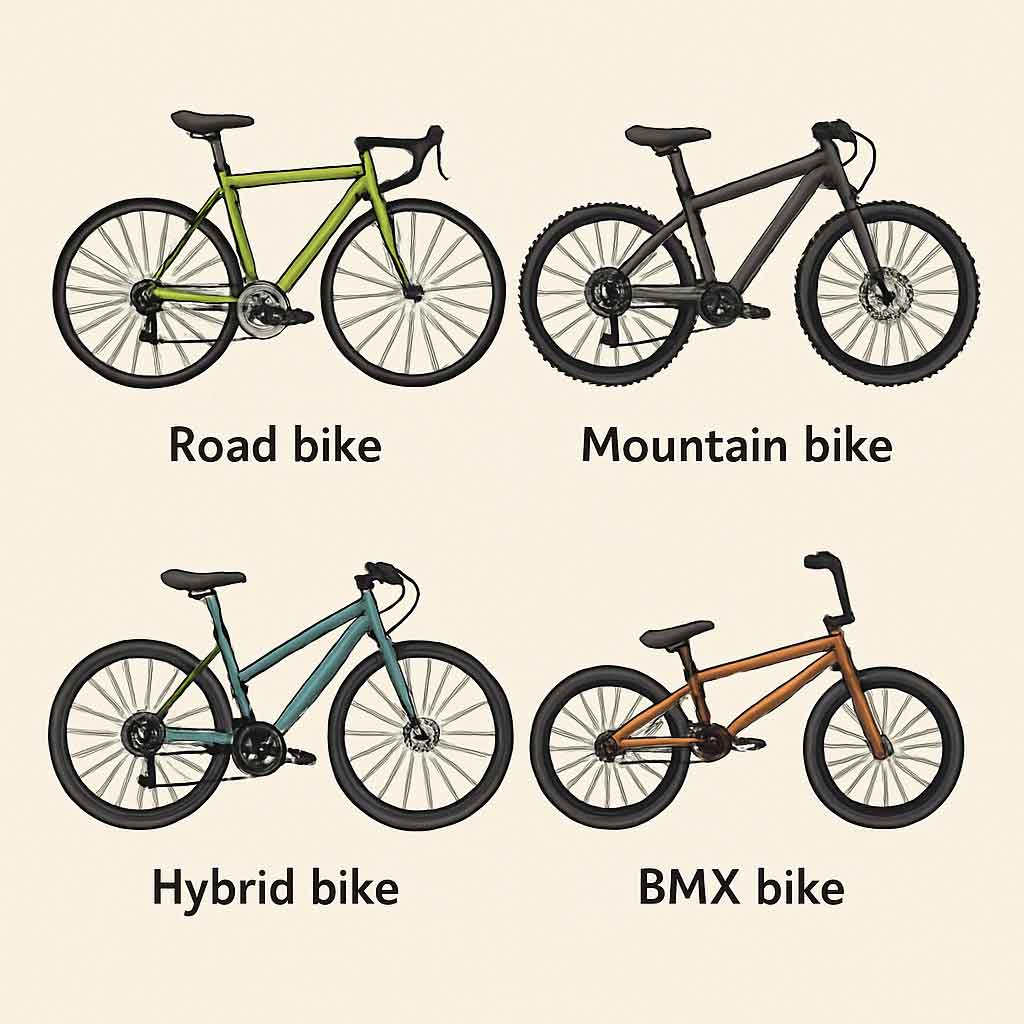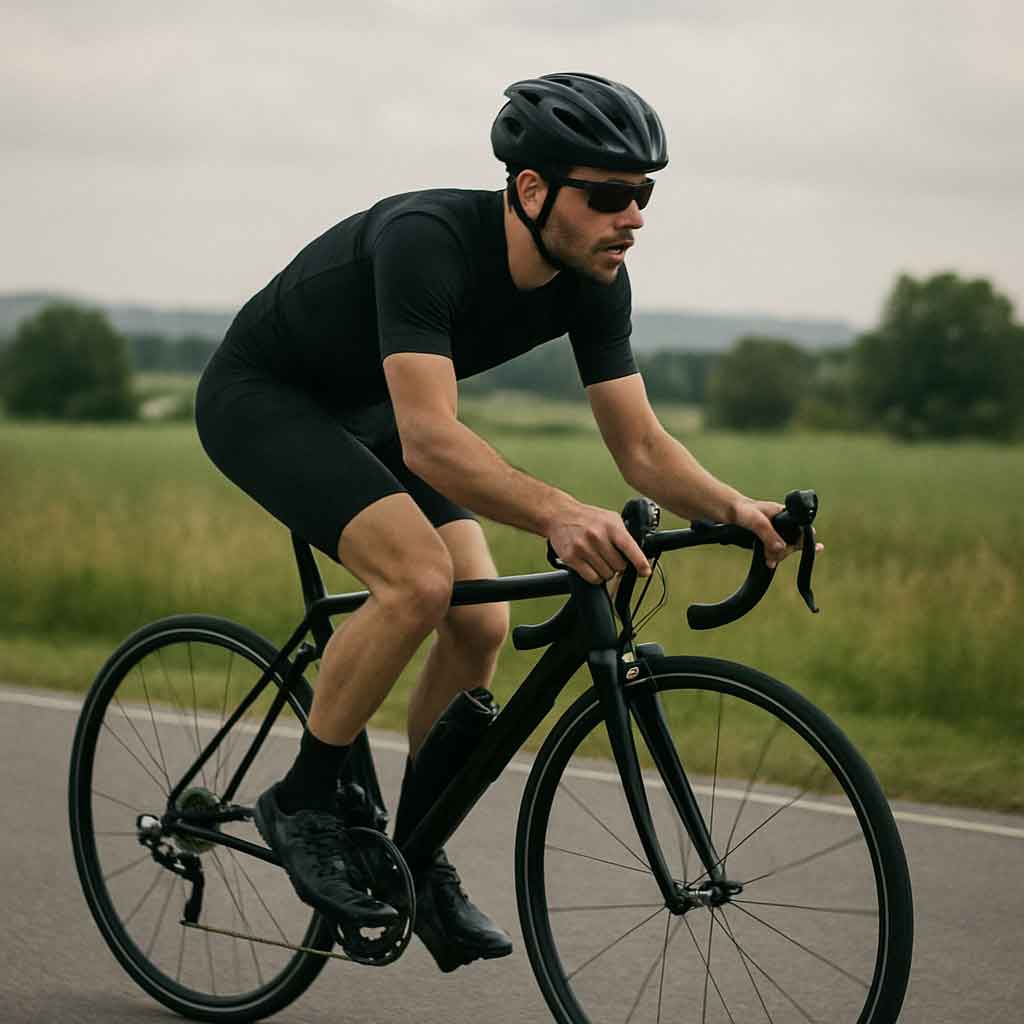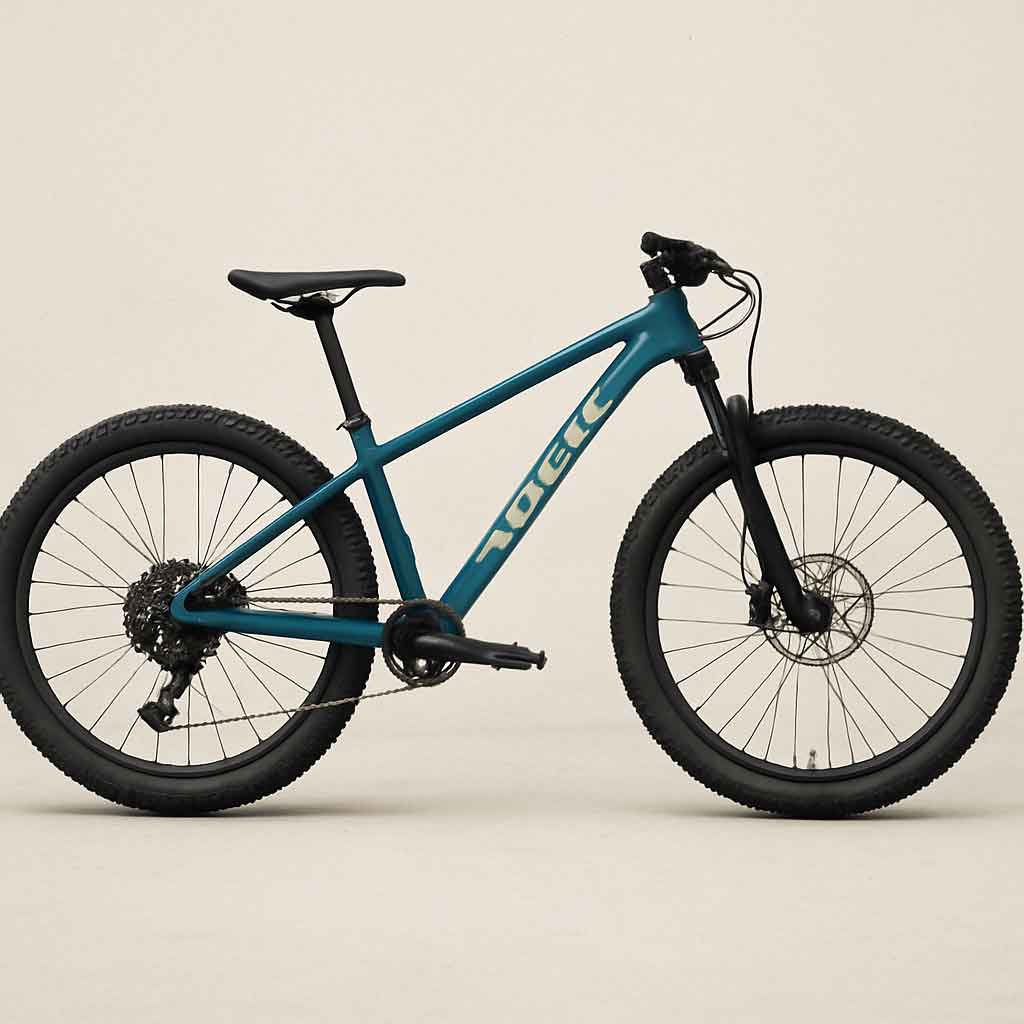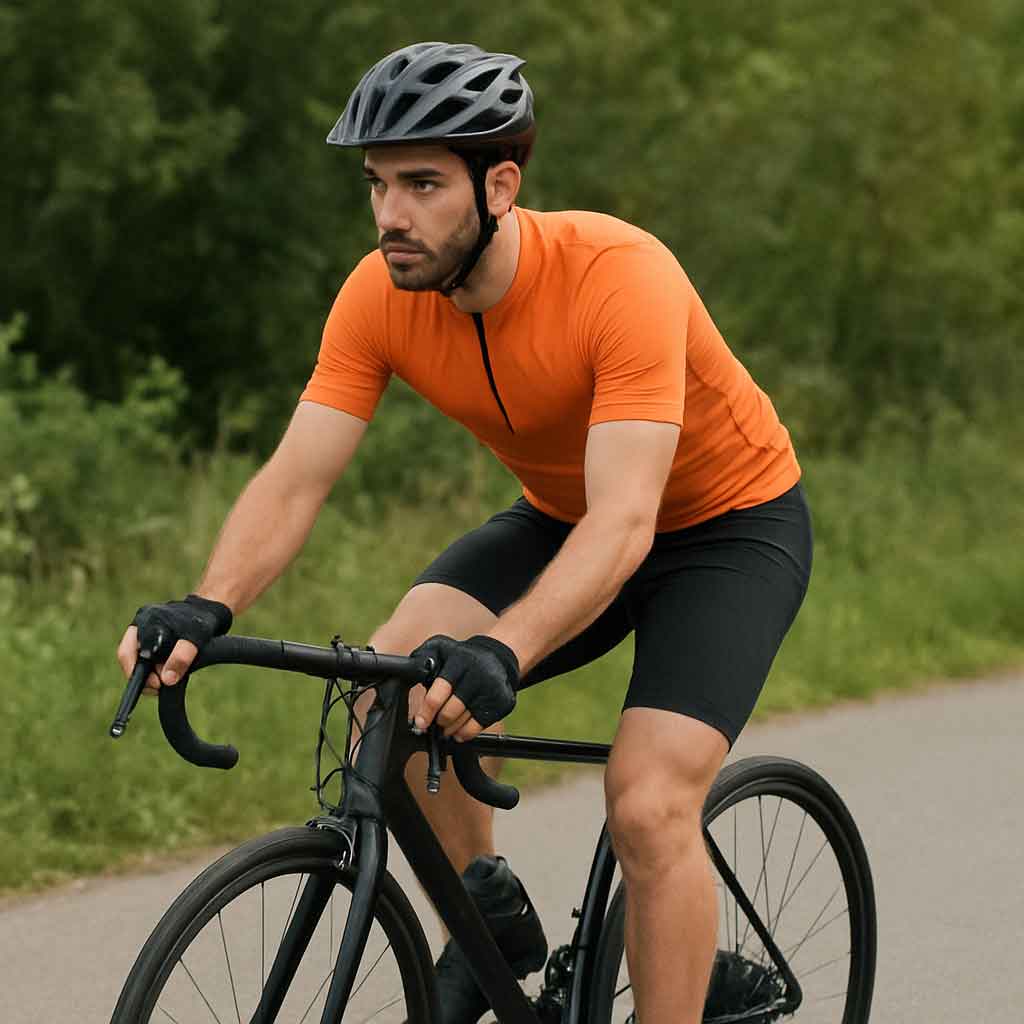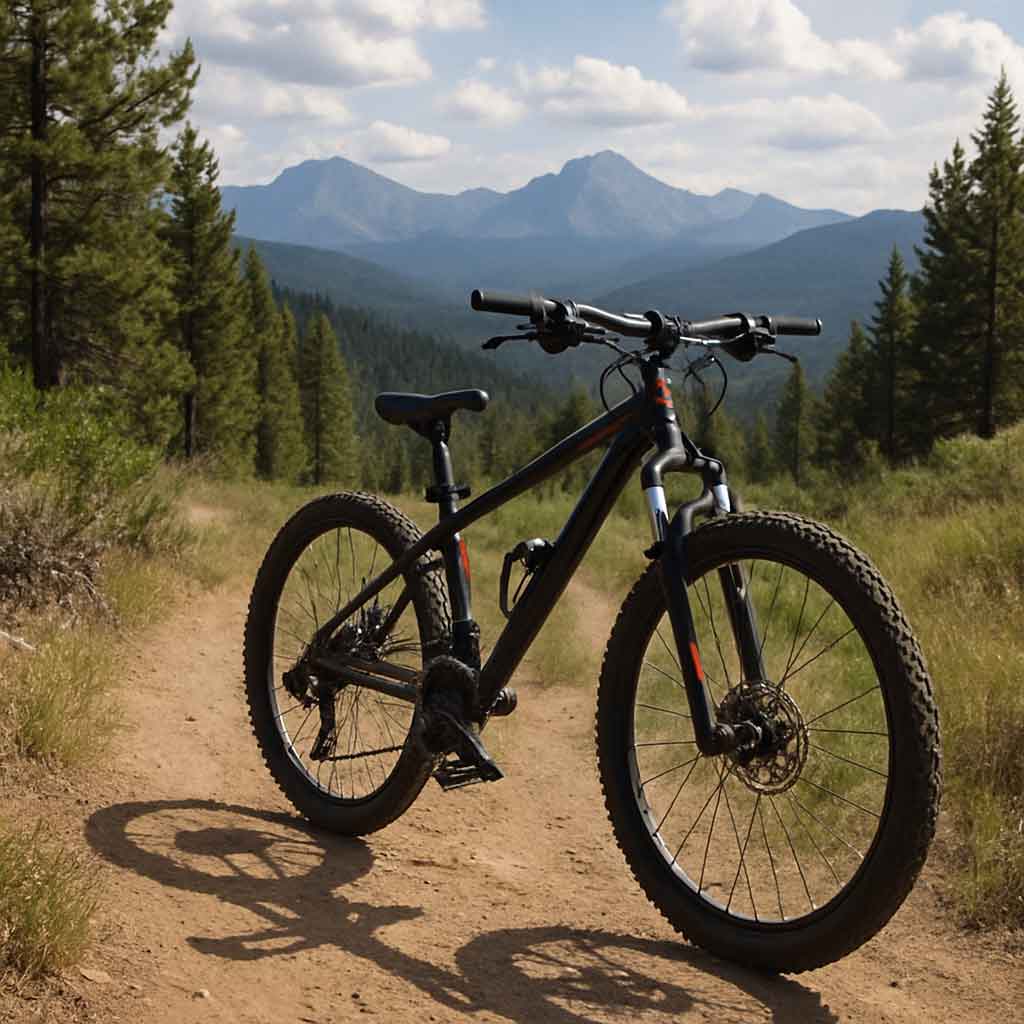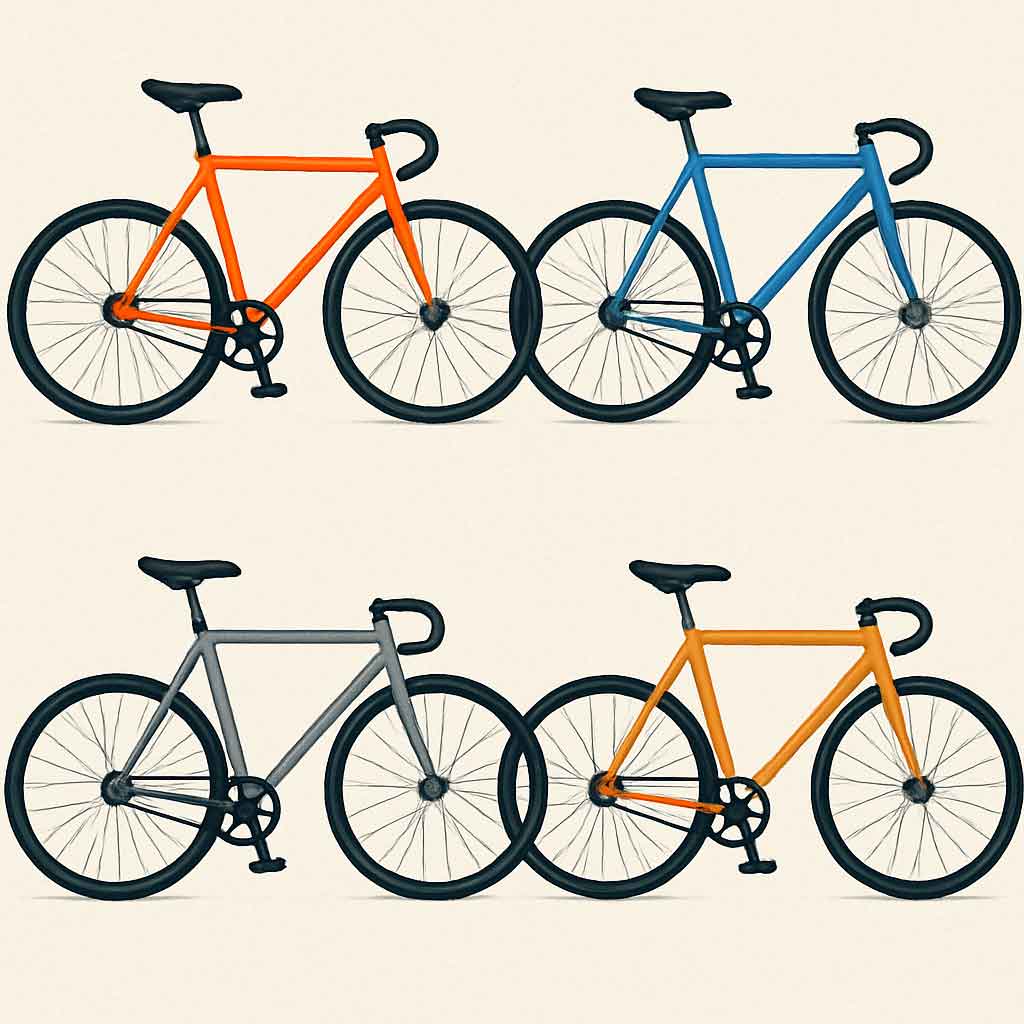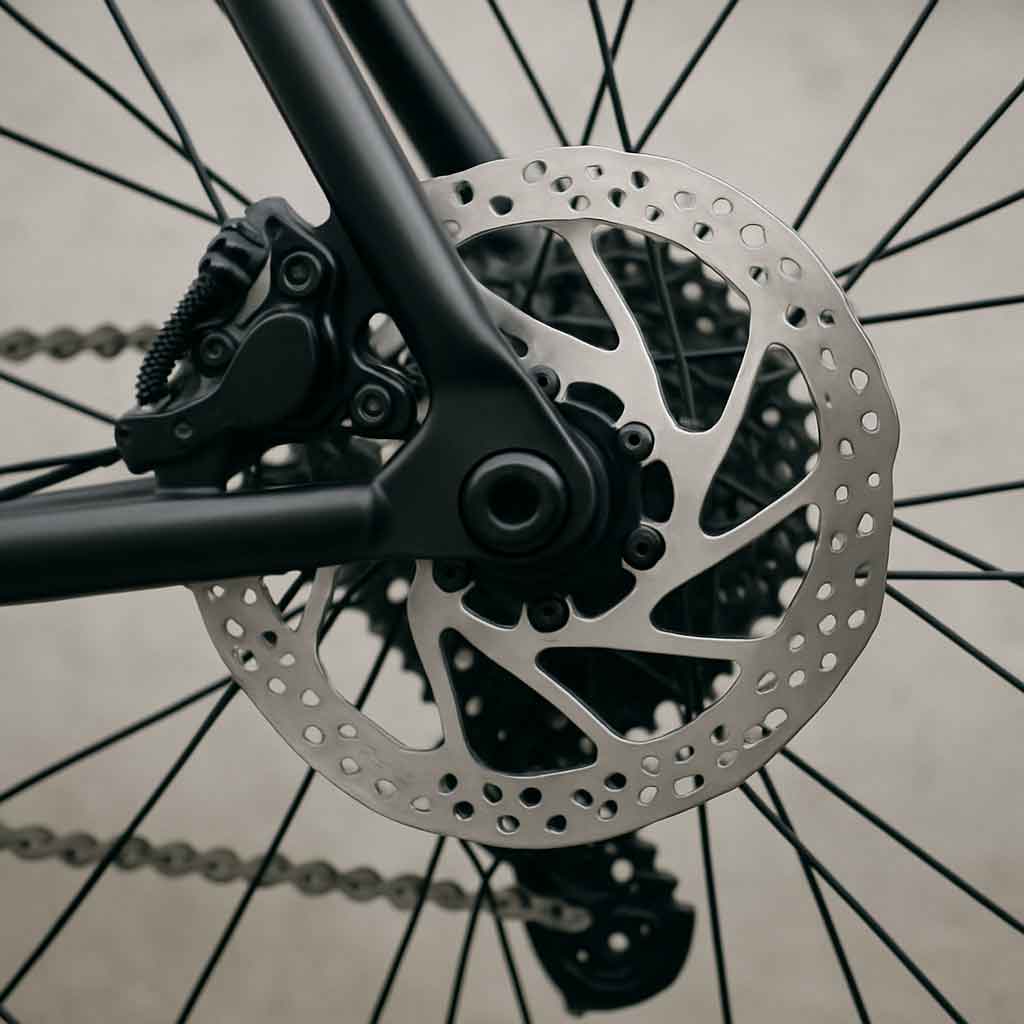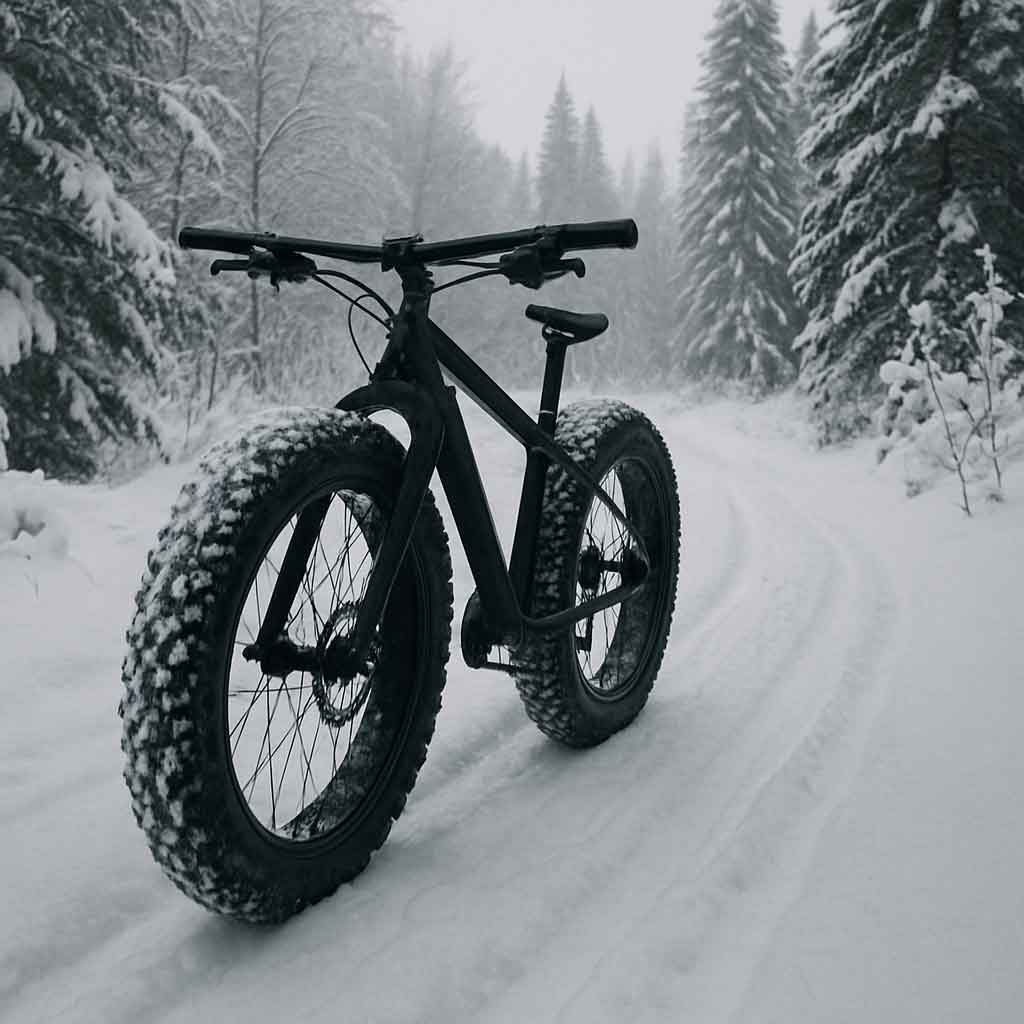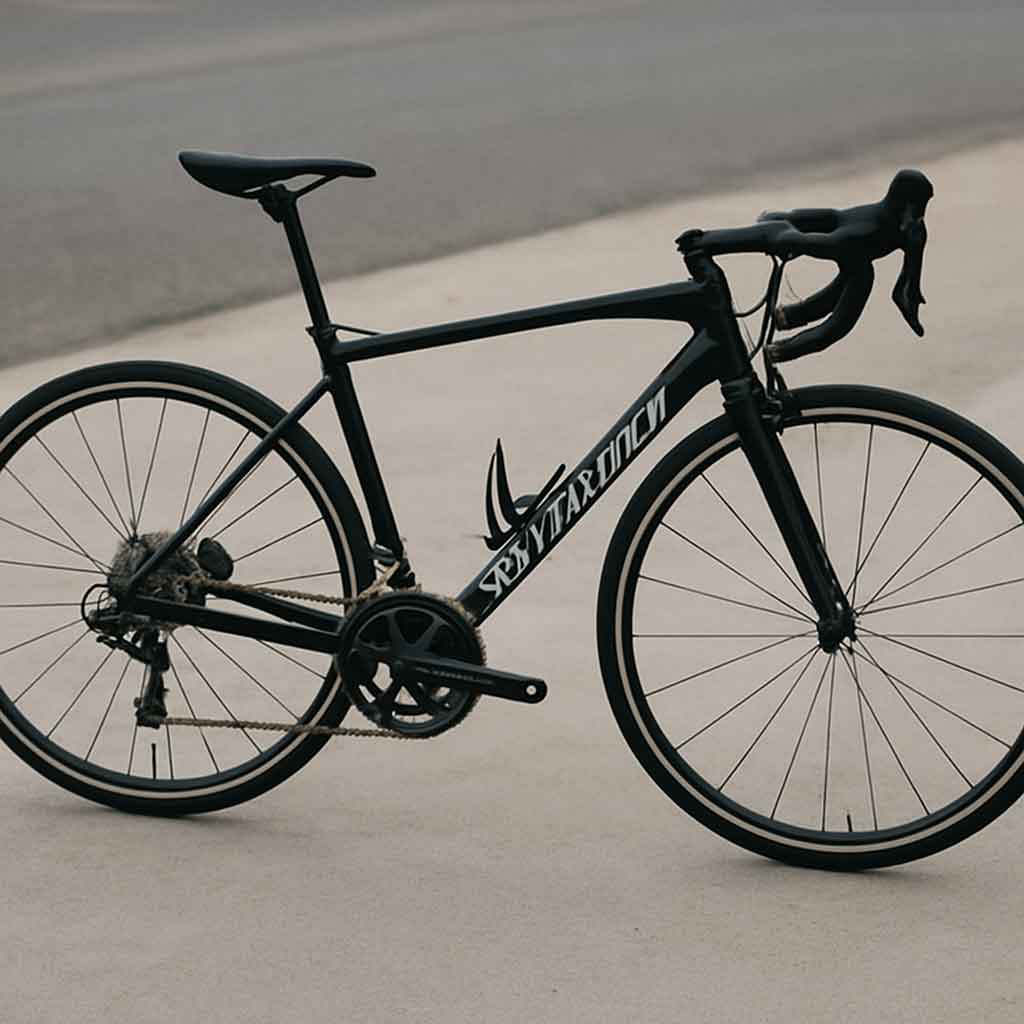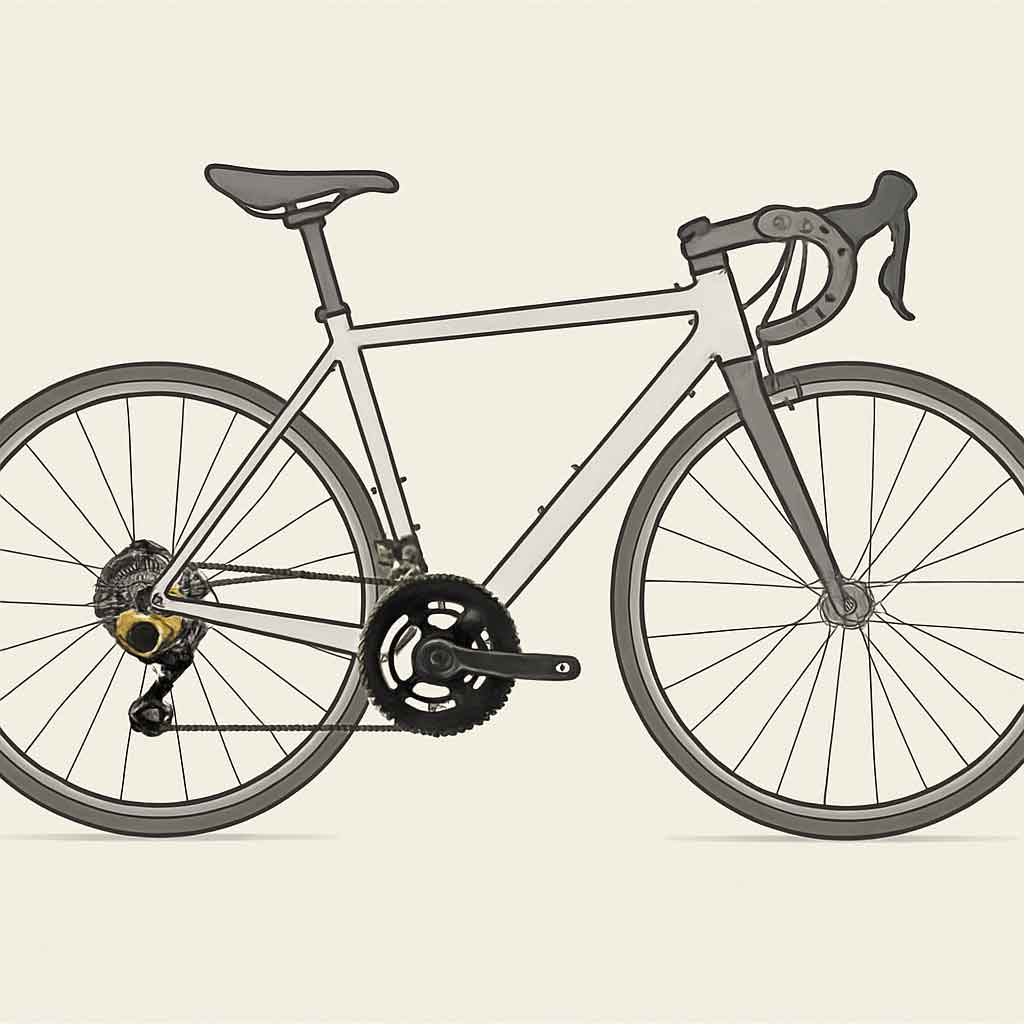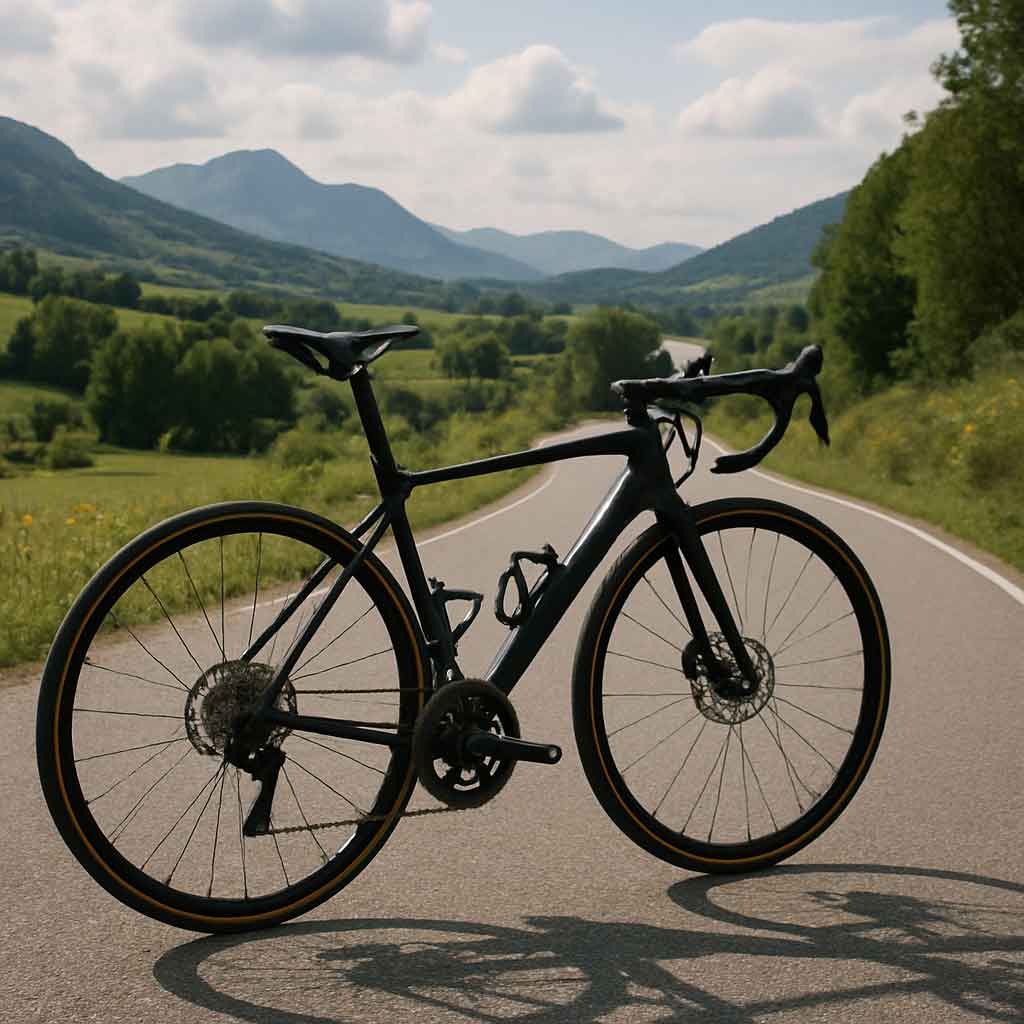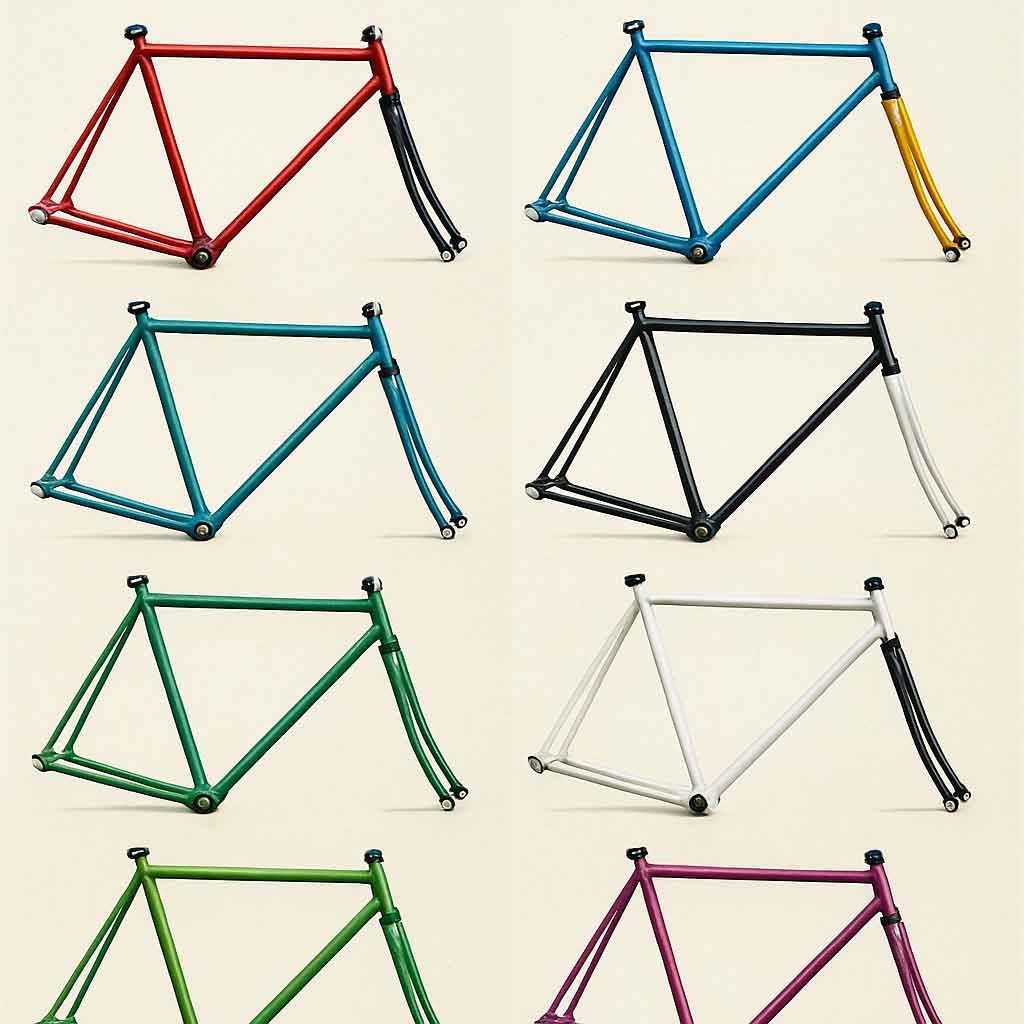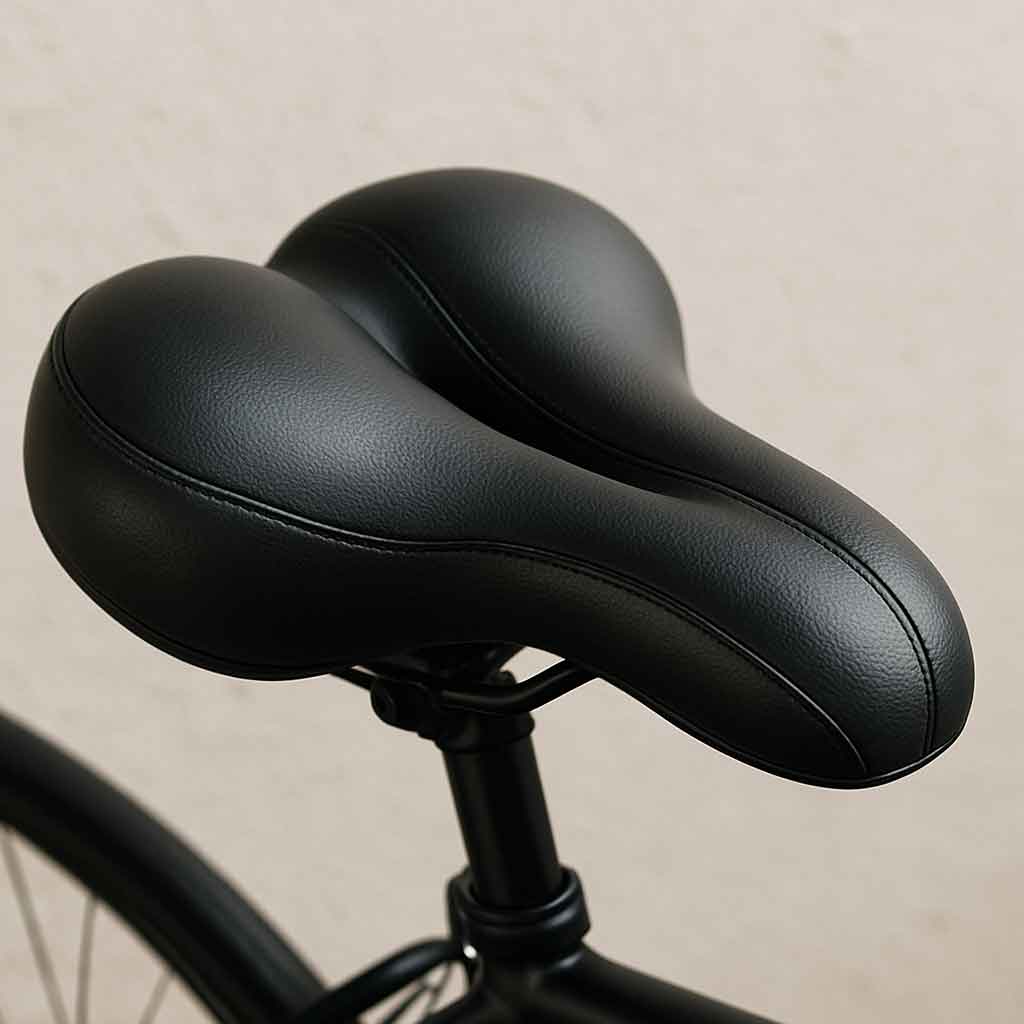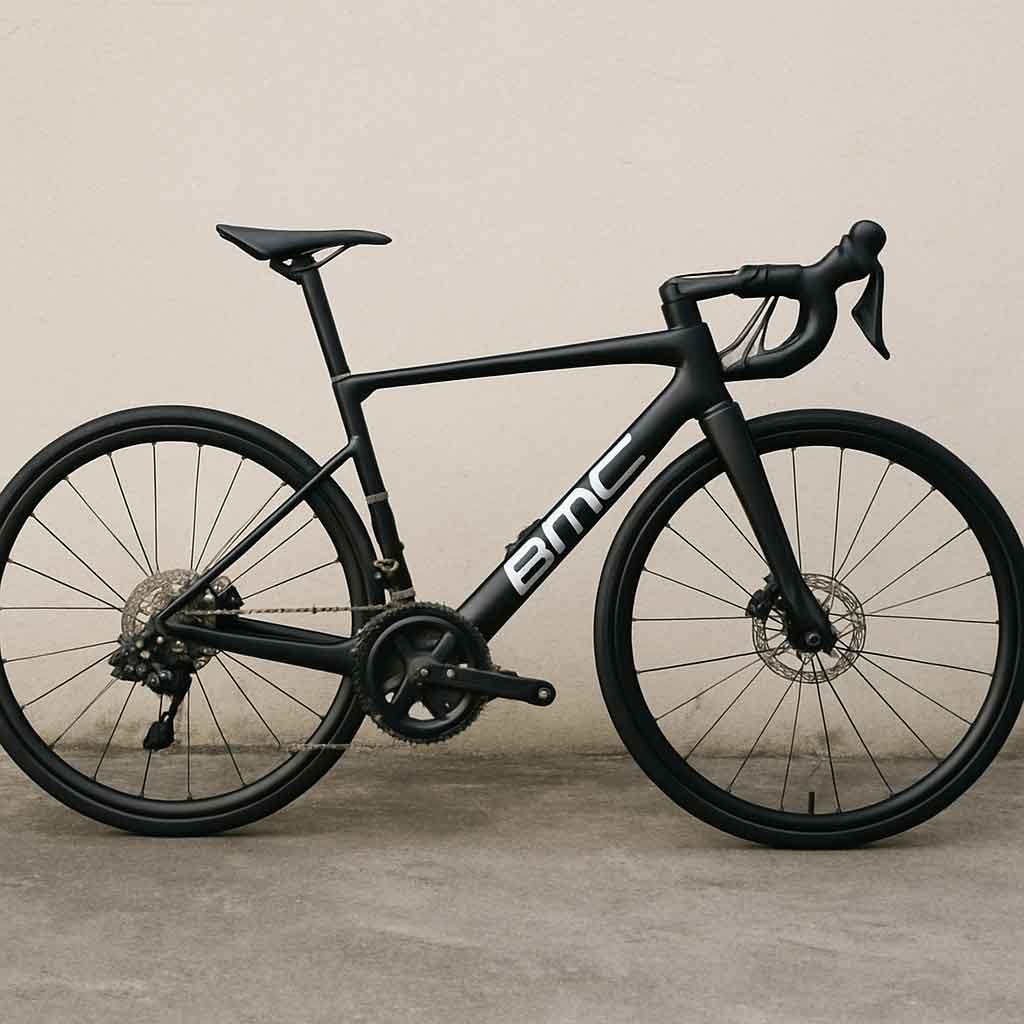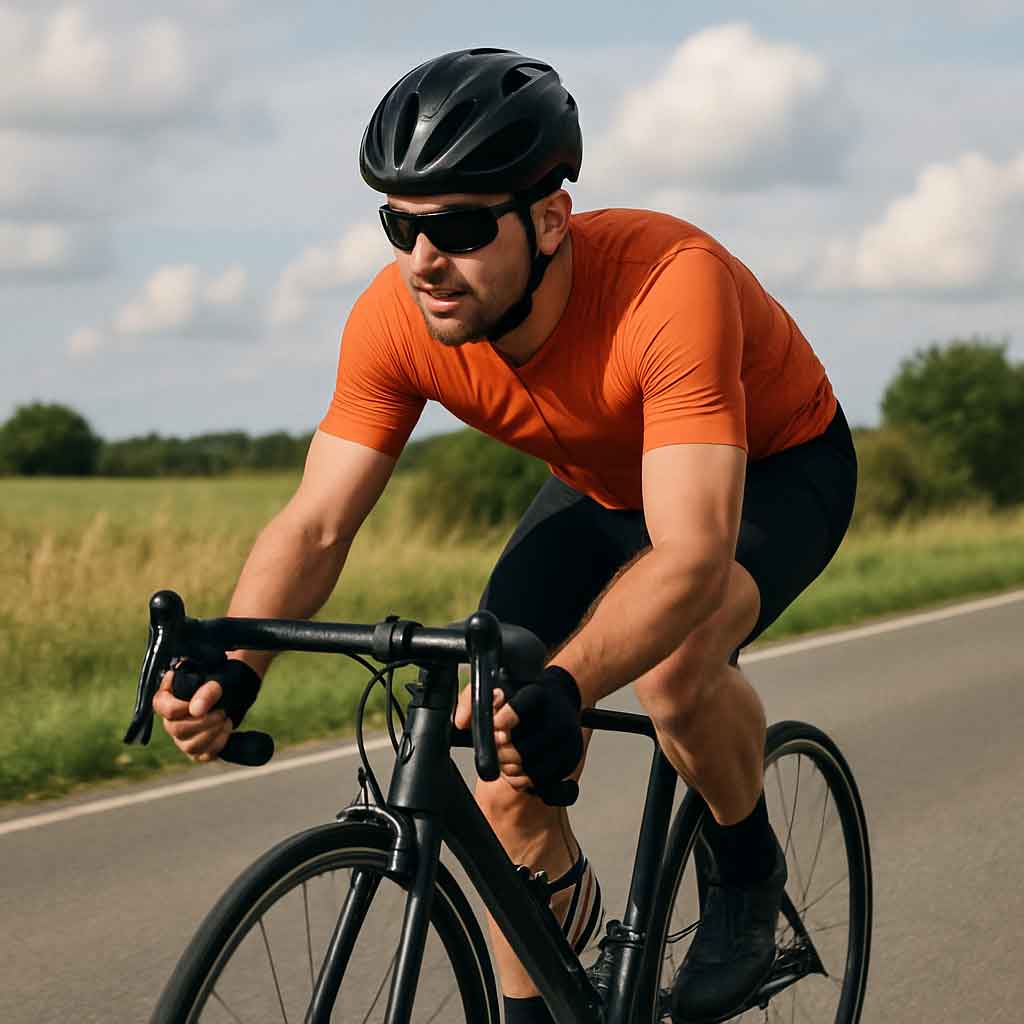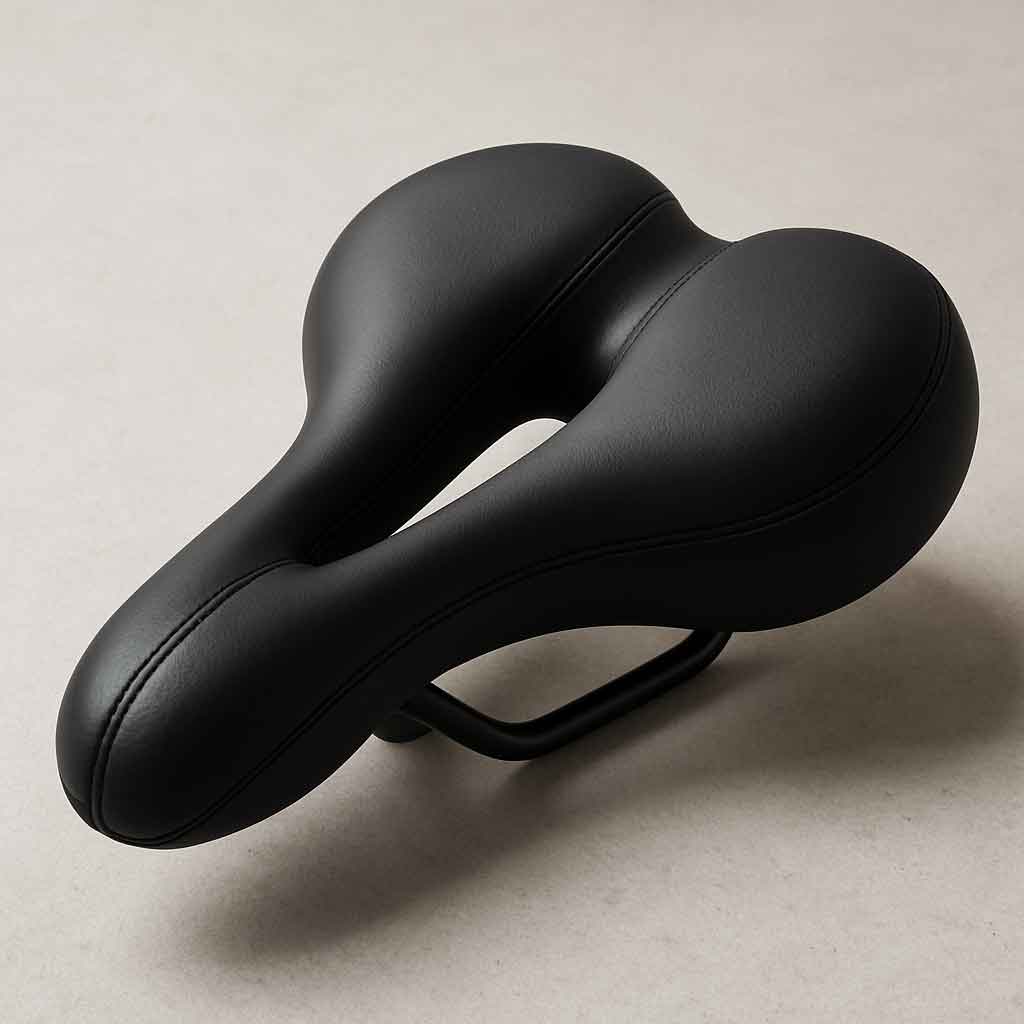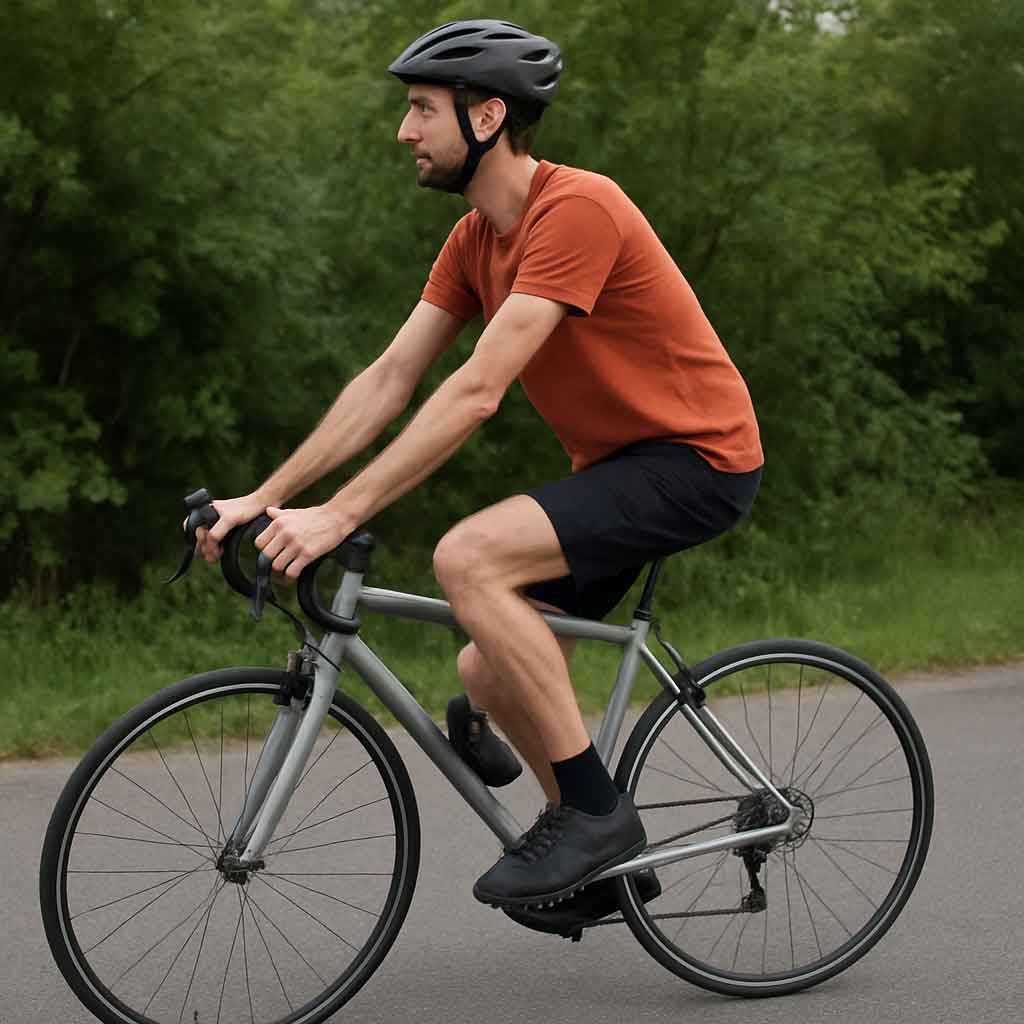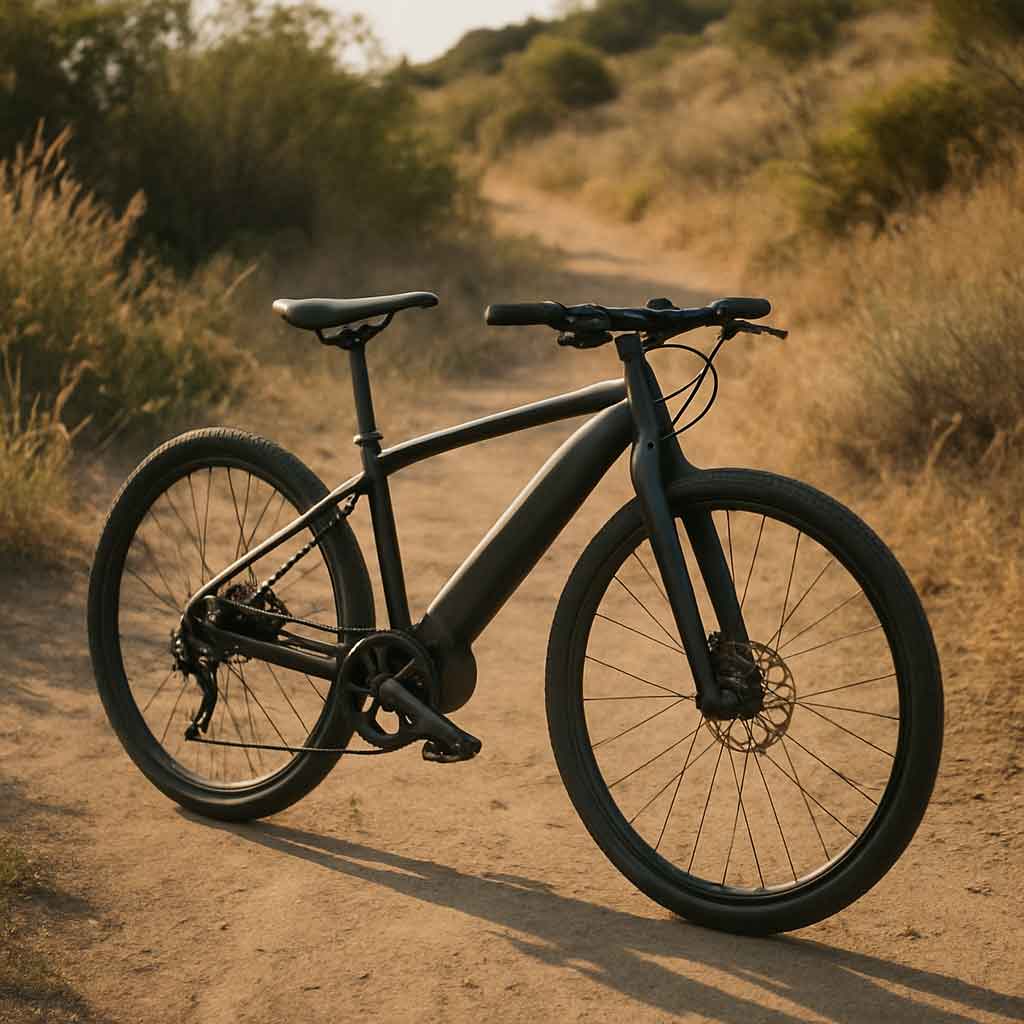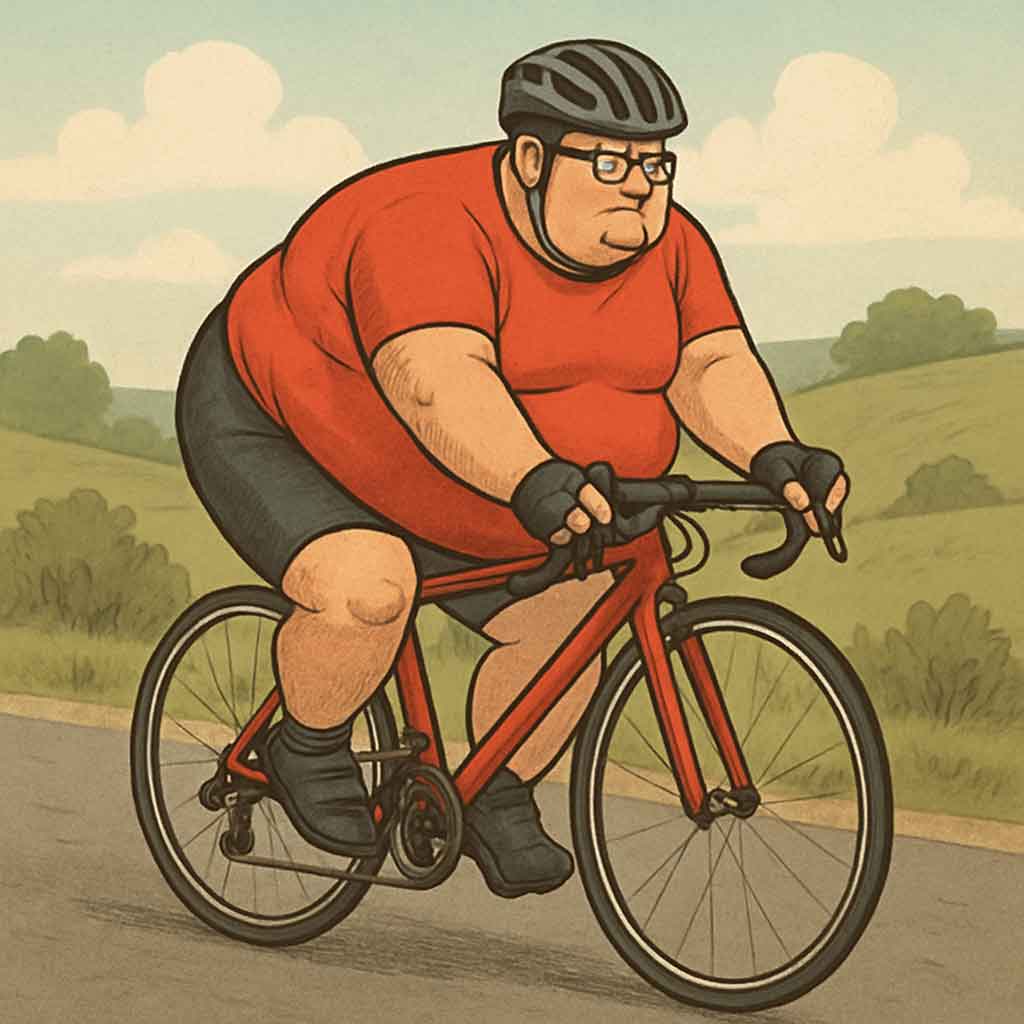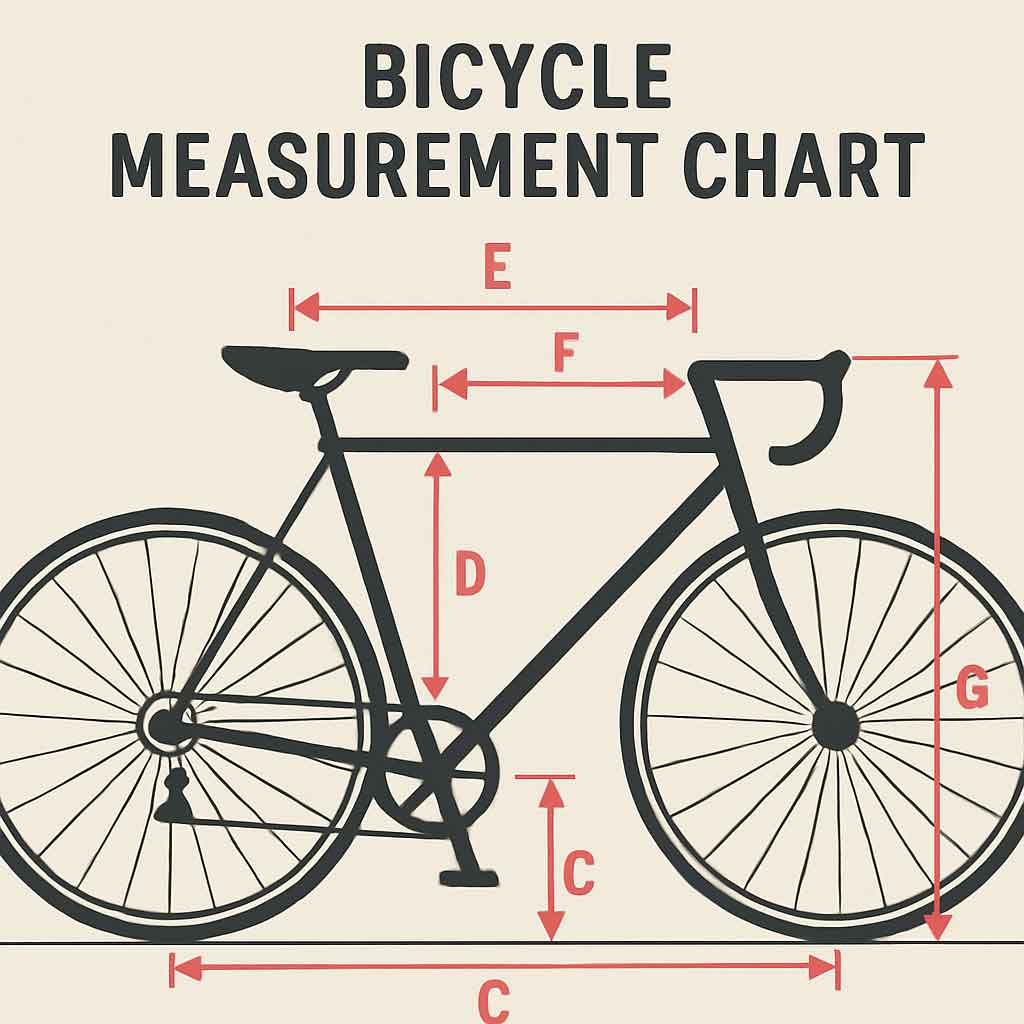Bike frames come in various sizes, and understanding the differences is vital. The frame size is typically measured from the center of the bottom bracket (the area where the pedal arms attach) to the top of the seat tube. The right frame size ensures that your ride is comfortable and that you're able to handle the bike efficiently.
Understanding the geometry of a bike frame is essential as it affects your riding posture and comfort. The angles and lengths of various parts of the frame, such as the head tube and seat tube, influence how the bike handles. Road bikes typically have steeper angles for quicker steering, while mountain bikes have slacker angles for stability on rough terrain.
The material of the bike frame can also affect sizing and performance. Aluminum frames are lightweight and affordable, making them a popular choice for many riders. Carbon fiber frames are lighter and can be more comfortable, as they absorb road vibrations better. Steel and titanium frames offer durability and a smooth ride but can be heavier. Each material can slightly alter the bike's feel and should be considered alongside size.
While the standard way to measure a bike frame is from the bottom bracket to the seat tube, other factors like reach and stack height play a significant role in fitting. Reach refers to the horizontal distance from the bottom bracket to the top of the head tube, while stack height is the vertical distance. These measurements determine how stretched out or upright you will be on the bike.
Road bikes require a specific fit for optimal performance. Here's how to figure out your road bike size: Road bikes are designed for speed and efficiency, with a focus on aerodynamics and power transfer. Getting the right size ensures that you can ride faster and longer without discomfort.
Inseam measurement is crucial for road bike sizing because it influences how high the seat should be and the overall frame size you need. To measure your inseam accurately, stand against a wall with your feet about 6 inches apart and measure from the ground to your crotch. This measurement helps determine the standover height, which is the clearance between your body and the top tube of the bike.
Reach and stack are critical for determining how a road bike fits you. Reach affects how far you have to stretch to grab the handlebars, which can impact comfort and control. Stack height influences how upright or aerodynamic your position will be. A proper balance between reach and stack can prevent strain on your back and shoulders during long rides.
Handlebar width should match your shoulder width to ensure comfort and control. A handlebar that's too wide can cause shoulder pain, while one that's too narrow can affect breathing and stability. The drop of the handlebars, or how low they are compared to the saddle, affects how aggressive your riding position is. Adjust these elements to suit your riding style and goals.
Mountain bikes are designed for different terrains and require a fit that allows for more control and comfort. These bikes are built to handle rough trails, steep climbs, and fast descents. Proper sizing is essential for maintaining control and comfort in diverse conditions.
Mountain bikes can have either hardtail (front suspension only) or full-suspension (front and rear suspension) systems. The suspension affects the bike's geometry and sizing needs. Full-suspension bikes often have a different feel and may require you to adjust your size preference compared to hardtails, which are generally lighter and more efficient on smoother trails.
Standover height is critical for mountain bikes, as it affects your ability to maneuver and control the bike on technical trails. You should have sufficient clearance between the top tube and your body to avoid injury when stopping suddenly or navigating rough terrain. Measure the standover height by standing over the bike with both feet flat on the ground.
Different terrains require different bike setups. For technical trails, you might prefer a smaller frame for better maneuverability. For longer rides on smoother paths, a larger frame might offer more comfort. Consider the type of trails you’ll be riding most often and adjust your bike size and setup accordingly.
Choosing the right bike size involves several factors beyond just height and inseam. Here's how to tailor the fit: The process of selecting the right bike size is personal and can depend on various factors, including your riding style, flexibility, and intended use of the bike.
Seat height is crucial for pedaling efficiency and comfort. When your seat is at the correct height, your legs should be slightly bent at the knee when the pedal is at its lowest point. This position optimizes power transfer and reduces the risk of knee strain. Adjust the seat height by loosening the seat post clamp and moving the saddle up or down as needed.
The position of your handlebars affects your comfort and control. Ideally, you should be able to reach the handlebars without straining your back or arms. The height and angle of the handlebars can be adjusted by changing the stem length or angle. Experiment with different positions to find the one that feels most comfortable for your riding style.
While you can make many adjustments yourself, a professional bike fitting can provide a more precise setup. A bike fitting expert will assess your body dimensions and riding style to make detailed adjustments to your bike. This process can improve comfort, efficiency, and enjoyment, and is especially beneficial for serious cyclists or those with specific needs.
Understanding bike sizing is crucial, but many people make common errors that can lead to discomfort or injury. Avoid these pitfalls to ensure a better cycling experience.
Cheaper bikes may not offer a suitable range of sizes. Always prioritize fit over cost. A well-fitting bike can enhance your cycling experience significantly more than a more expensive, ill-fitting model. Consider investing in a quality bike that suits your body and riding style.
Consider investing in a professional bike fitting. Experts can fine-tune your bike to match your unique body dimensions and riding style. This service can prevent injury and increase riding efficiency. While it may seem like an additional cost, the benefits of a professional fitting often outweigh the initial expense.
Test riding several bikes helps you get a feel for different frame sizes and geometries. Don't skip this step. A test ride can reveal whether a bike is comfortable and suitable for your intended use. Pay attention to how the bike feels during different maneuvers and terrains, ensuring it meets your expectations.
Choosing the right bike size isn't just about numbers; it's about comfort, efficiency, and enjoyment. By understanding the key measurements and using the right size charts, you can find a bike that fits perfectly, enhancing your riding experience. Whether you're sizing a road bike or a mountain bike, these guidelines will help you make an informed decision.
Equip yourself with this knowledge, and happy cycling! The right bike size can transform your cycling adventures, making them more enjoyable and sustainable. Remember, the perfect fit is a blend of science and personal preference, so take the time to find what works best for you.

